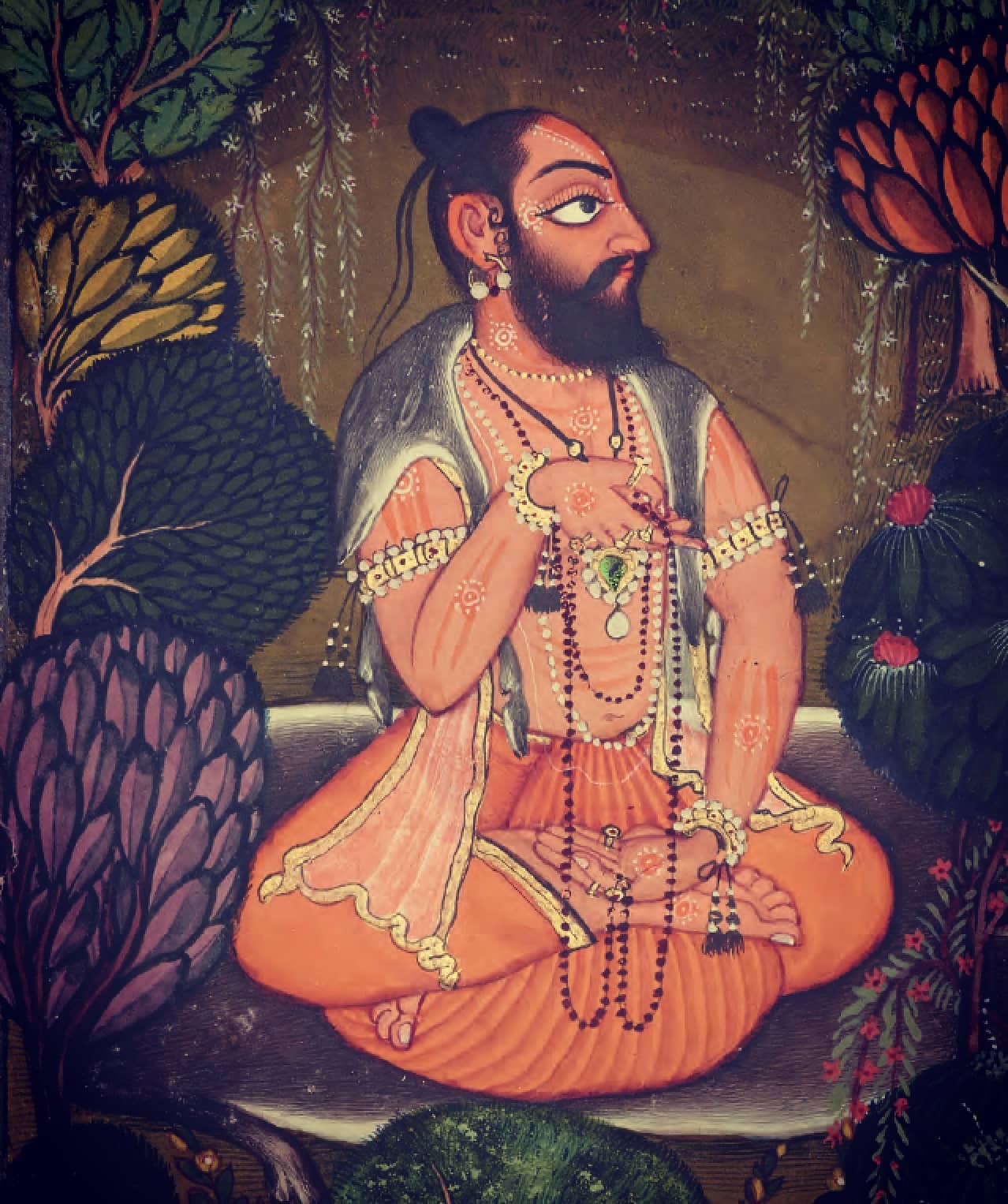Sagar
Bhāskararāya is building on an already somewhat common tripartite division of how to perform mantra japa: vācika (spoken), upāmśu (whispered), and mānasika (mentally intoned), but is pushing the envelope a bit by suggesting that the mental recitation and intonation of the mantra is the only true practice of japa. In short, he is suggesting that internal mantric practices are more efficient than external. In our own saṃpradāya we may think of this as ṣaṭcakra japa, or other methods of internal japa which you may be trained in.
In a more esoteric manner Bhāskararāya may be referring to an advanced mantric practice of 'raising' the mantra, wherein one trains themselves to listen and experience the increasingly subtle sounds of mantric resonance. He has written about this at length in his other works and the practice has been in currency within many streams of tantric sādhanā all the way back to our ancient tantras such as the Svacchanda.
The Lalitā Sahasranāma also tells us something with a very similar message: antarmukha samārādhyā (LSN 870), bahirmukha sudurlabhā (LSN 871)
The Devī is easily propitiated-worshiped [samārādhyā] by those who are inward facing [antarmukha], whereas she is very [su] difficult [durlabhā] to worship by those who are outward facing [bahirmukha].
In a more contemporary example, Ramana Maharshi has answered similar questions:
Q: Is not mental japa better than oral japa?
A: Oral japa consists of sounds. The sounds arise from thoughts, for one must think before one expresses the thoughts in words. The thoughts form the mind. Therefore, mental japa is better than oral japa.
Q: Should we not contemplate the japa and repeat it orally also?
A: When the japa becomes mental, where is the need for the sounds? Japa, becoming mental, becomes contemplation. Dhyana, contemplation and mental japa are the same. When thoughts cease to be promiscuous and one thought persists to the exclusion of all others, it is said to be contemplation. The object of japa or dhyana is the exclusion of several thoughts and confining oneself to one single thought. Then that thought too vanishes into its source--absolute consciousness. The Self, the mind engages in japa and then sinks into its own source.
In terms of the advanced mantric "raising" practices, they have been explained simply and beautifully by Ramakrishna Paramahamsa, who said:
The sound of OM is Brahman. The rishis and sages practiced austerity to realize that Sound. After attaining perfection, one hears the sound of this eternal word rising spontaneously within. What will you gain, some sages ask, by merely hearing this sound? You hear the roar of the ocean from a distance. By following the roar you can reach the ocean. As long as there is the roar there also must be the ocean. By following the trail of OM you attain Brahman, of which the word is the symbol. That Brahman has been described by the Vedas as the ultimate goal. It is like the sound of a bell: t-a-m! The yogi, by following in the trail of the sound Om, gradually merges himself with the supreme Brahman.


